 Do you have that beautiful green, perfectly trimmed lawn but need a little help with turning it into a level lawn? Blooms Landcare has the quick, do-it-yourself fix for you!
Do you have that beautiful green, perfectly trimmed lawn but need a little help with turning it into a level lawn? Blooms Landcare has the quick, do-it-yourself fix for you!
FIND AND SLICE YOUR BUMPS AND HOLLOWS
First, you will have to get eye level with your lawn and look for those bumps or rises and depressions or hollows. You can mark their centers with stakes or wire flags if you have a few. Next, using a half-moon cutter or similar tool, cut symmetrical crosses into each bump or hollow with the center of the cross at the highest point of the bump and lowest point of a hollow. Extend the slices past the edges of the bump or hollow, but make sure to keep your cross as a symmetrical “+” shape.
PEELING THE TURF
Next, using a spade shovel or turfing iron, slice horizontally underneath your new corners of turf. Keep roughly 1.5 to 2 inches of soil beneath the grass as you slice towards the perimeter of your bump or hollow. After you have “filleted” the problem spot, carefully peel back the four corners of the turf. This is where cutting the cross to extend past the edges of the bump or hollow become important for a level lawn.
FILLING HOLLOWS
If you are only dealing with bumps, then skip this step and proceed to step 4. For hollows, disrupt the soil that was underneath the turf to a depth of 2 inches. Remove any rocks or clods and trample down once you are finished, otherwise the turf will sink again and you will not have a level lawn. Select a quality topsoil and fill the hollow to the surrounding edges. Using a rake, work over the soil to get rid of clumps to create a nice tilth.
SUTURING THE SLICE
Remove any excess soil you have and make sure that the soil is even with the surrounding edges. Add a pre-seeder fertilizer to the soil to help continued growth. Now, carefully replace the peeled back corners to the center of the bump or hollow. Using the back of your rake, gently pat down your grass and ensure that your bump or hollow is now even with the surrounding lawn. Add in a little bit more of your topsoil to the slices you made to prevent the edges from drying out, and a few sprinkled lawn seeds will make the crosses disappear even faster.
If you have any questions or need supplies for your level lawn, don’t hesitate to call Bloom’s Landcare at [phone]!



 A
A 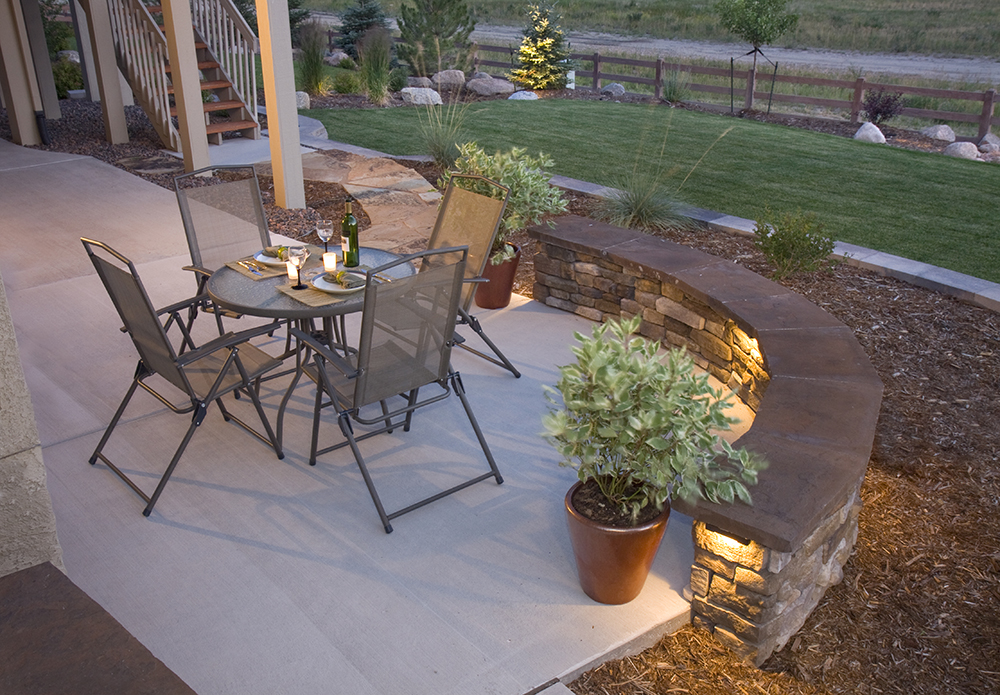
 Although it may not seem like it with all the recent snow and ice, spring is just around the corner. Now is the perfect time to start prepping your
Although it may not seem like it with all the recent snow and ice, spring is just around the corner. Now is the perfect time to start prepping your 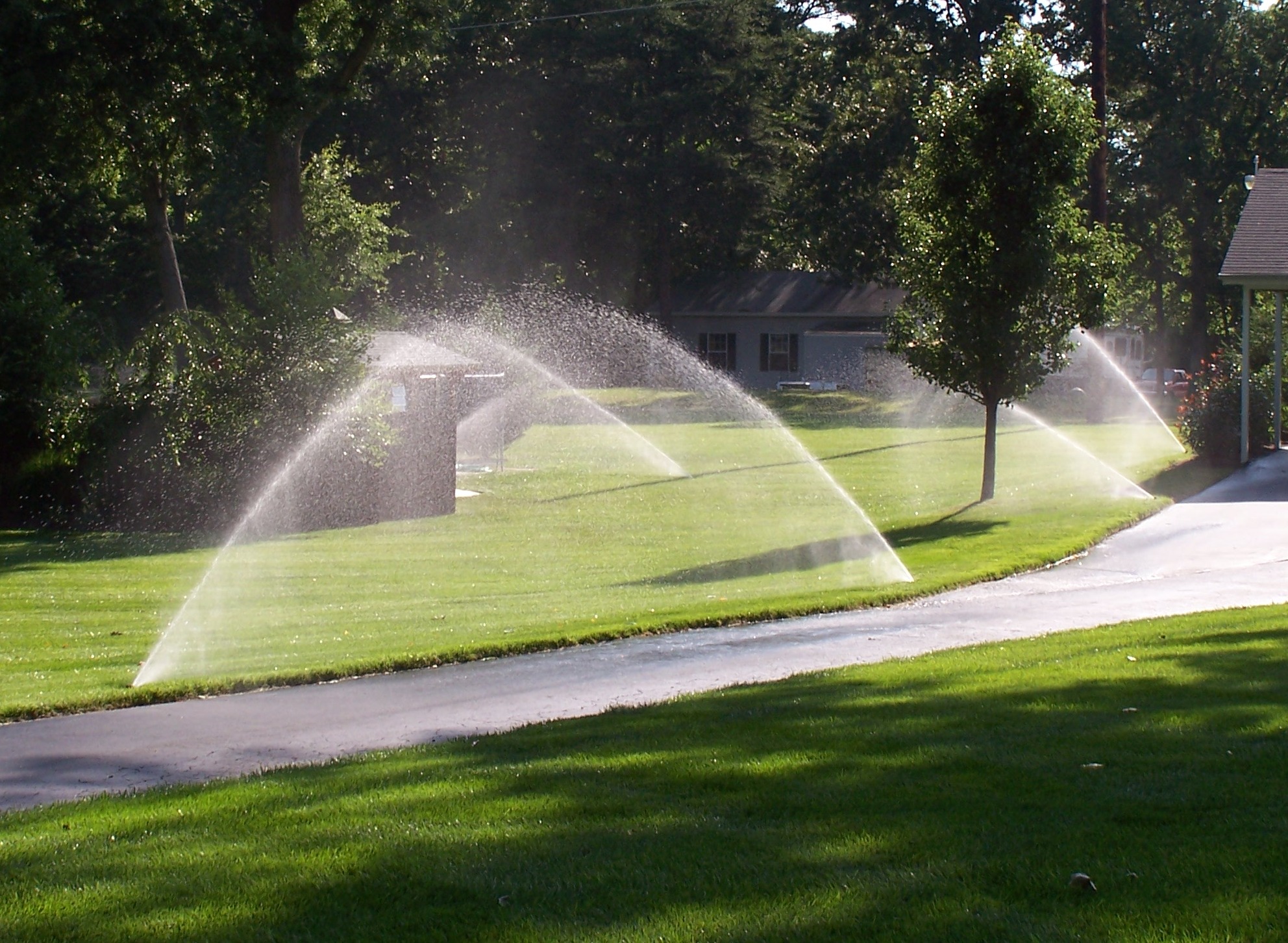
 You love the look of a
You love the look of a 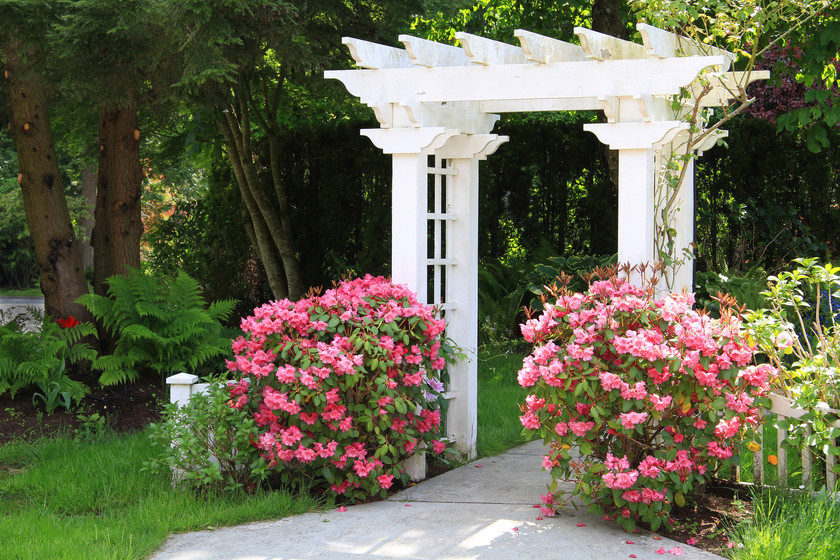
 Regardless of the season, as a Dallas and Fort Worth homeowner you have an obligation to do everything possible to improve the value and appearance of your property. At Blooms Landcare, we recommend that you follow these five tips when choosing between
Regardless of the season, as a Dallas and Fort Worth homeowner you have an obligation to do everything possible to improve the value and appearance of your property. At Blooms Landcare, we recommend that you follow these five tips when choosing between 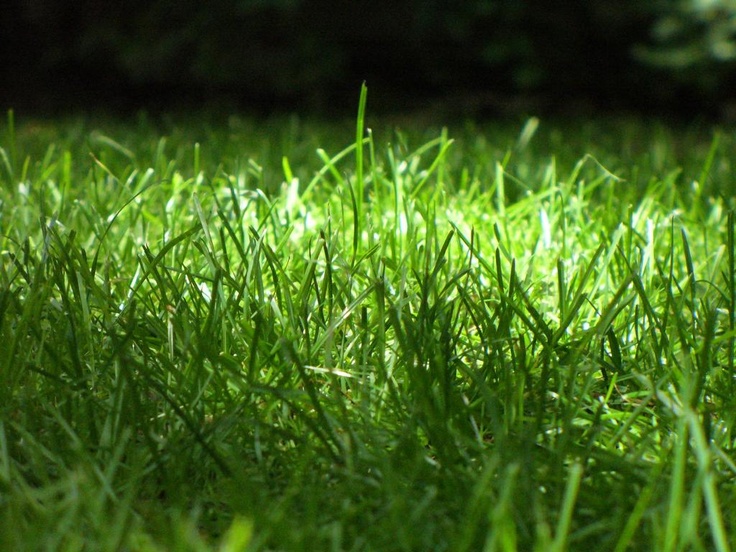
 Texas summers can be brutal. At Blooms Landcare we want to help keep your grass green in even the most extreme conditions. When the temperature starts to rise, these simple
Texas summers can be brutal. At Blooms Landcare we want to help keep your grass green in even the most extreme conditions. When the temperature starts to rise, these simple 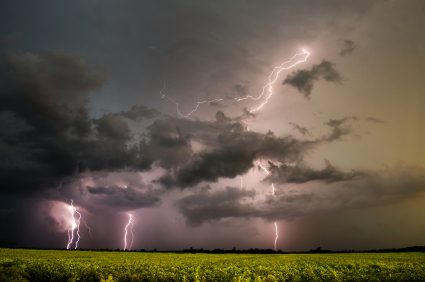
 At Blooms Landcare we are your best resource for Dallas and Fort Worth lawn care. When it comes to
At Blooms Landcare we are your best resource for Dallas and Fort Worth lawn care. When it comes to 
 Creating the ideal yard requires a planning and preparation. In the first part of our series on Texas sod, we listed some of the most popular and successful varieties of grass that are planted in the state. At Blooms Landcare, we would like to provide a few more options, as well as some tips to keep your Dallas and Fort Worth lawn green throughout the year.
Creating the ideal yard requires a planning and preparation. In the first part of our series on Texas sod, we listed some of the most popular and successful varieties of grass that are planted in the state. At Blooms Landcare, we would like to provide a few more options, as well as some tips to keep your Dallas and Fort Worth lawn green throughout the year.
 Having a lush lawn is a point of pride for many Texans, and unfortunately, that means overwatering is a mistake many people make. Excessive watering can drive up bills and have adverse effects on grass and plants, since more watering encourages shallower roots, making the grass less hardy during winter. Of course, watering too little can have harmful effects, too. At Blooms Landcare, we encourage homeowners to keep the following summer water lawn and garden tips in mind.
Having a lush lawn is a point of pride for many Texans, and unfortunately, that means overwatering is a mistake many people make. Excessive watering can drive up bills and have adverse effects on grass and plants, since more watering encourages shallower roots, making the grass less hardy during winter. Of course, watering too little can have harmful effects, too. At Blooms Landcare, we encourage homeowners to keep the following summer water lawn and garden tips in mind.